NACCHO Presentation
advertisement
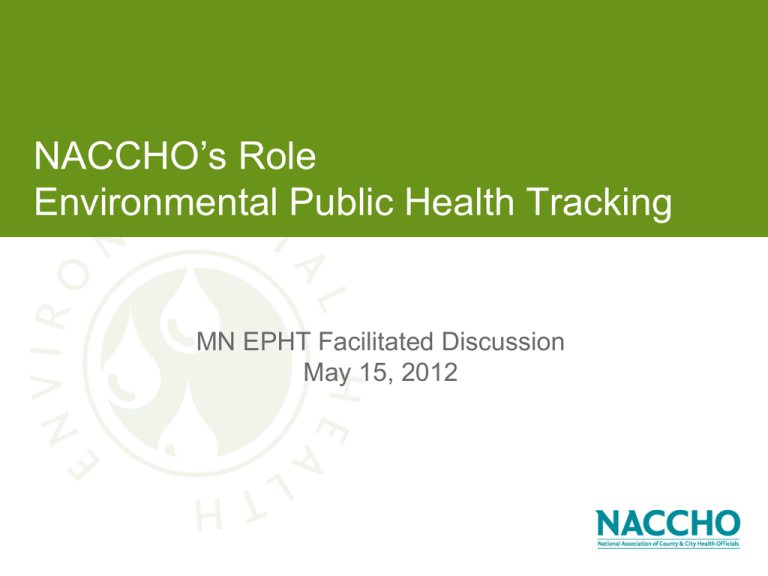
NACCHO’s Role Environmental Public Health Tracking MN EPHT Facilitated Discussion May 15, 2012 Overview • NACCHO activities • Key informant interview summary report • Key recommendations for bridging the gap between state and local health departments • NACCHO workgroup recommendations • Leveraging efforts LHDs LHDs LHDS State Tracking Program NACCHO Activities • Conducting key informant interviews • Hosting webinars • Providing feedback on new tracking resources and features • Convening NACCHO’s Environmental Public Health Tracking Workgroup • Promoting Tracking resources • Hosting facilitated discussions NACCHO Workgroup Recommendations • Link tracking resources to county health rankings • Provide more localized data • Link data to voting precincts • Directly connect with community nurses, environmental health specialists, etc. • Tie into community assessment processes (e.g. PACE-EH, MAPP) • Seek to expand range of data in portal that reflects the scope of work of LHDs • Provide for educating local policy makers • Develop culture that expects coordination/cooperation between state and local health departments Webinars Environmental Public Health Tracking and Health Impact Assessments • April 12, 2012 (Archived) • Overview of HIA • Online Tool for Tracking Health Impacts of Ambient Air Pollutants – CDC • Estimating Morbidity and Mortality Attributable to Air Pollution – NYC • HIA of a Proposed Cap-and-Trade Framework – California Environmental Public Health Tracking and Children’s Health • June 1, 2012, 1:30-3:00 PM ET • Overview of Children’s Health Module – CDC • Asthma and Outdoor Quality – Florida • Childhood Lead Poisoning – Maine Leveraging Efforts • Mobilizing for Action through Planning and Partnerships (MAPP) Process • Protocol for Assessing Community Excellence in Environmental Health (PACE-EH) • Health Impact Assessment (HIA) • Accreditation Key Informant Interviews: Barriers • Lack of localized data • Linkages among hazards, exposure, and health outcomes not clear enough • Insufficient time and staff capacity • Uncertainty about the application of tracking data and resources Key Informant Interviews: Recommendations • Develop and enhance localized data • Provide specific programmatic examples • Connect with community health assessments and health impact assessments • Market to specific capacity and size of LHD workforces • Provide plain language communication materials • Support LHDs building local portals Bridging Gap Between State/Local Health Departments • Workgroups • Facilitated discussions • In-person meetings • State-wide meetings • Direct and in-person trainings • Mini grants • Mechanism for LHDs to collect tracking data • Site visits • Direct communications LHDs LHDs LHDS State Tracking Program Questions? For more information about NACCHO’s Tracking Project, go to: • Becky Johnson (rjohnson@naccho.org; 202-507-4284) • Amy Chang (achang@naccho.org; 202-507-4221) • Jennifer Li (jli@naccho.org; 202-507-4242) • http://www.naccho.org/org/topics/environmental/EPHT/index.cfm
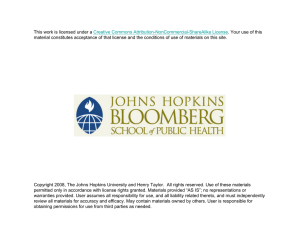
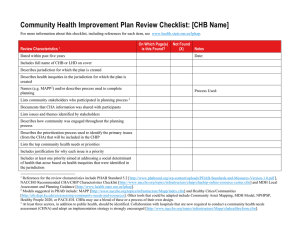
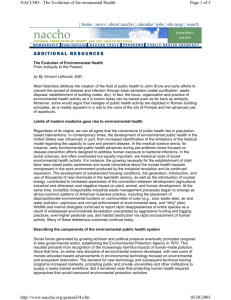
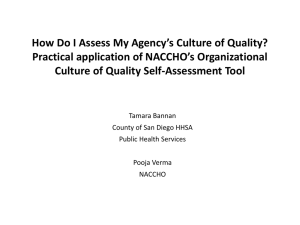
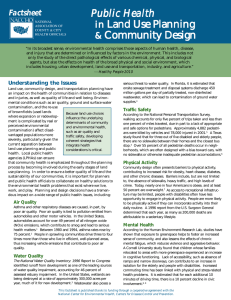
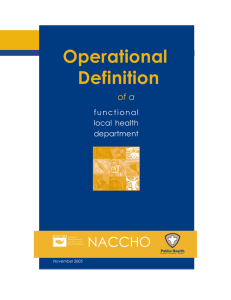
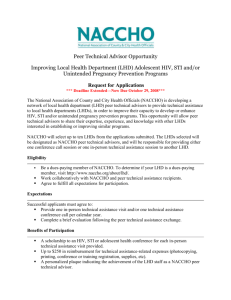
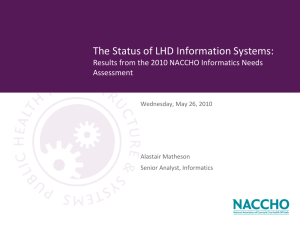
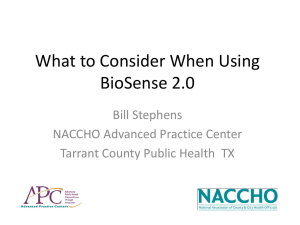
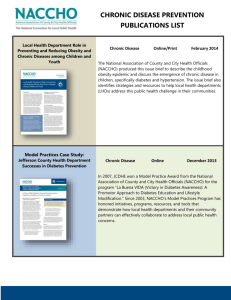
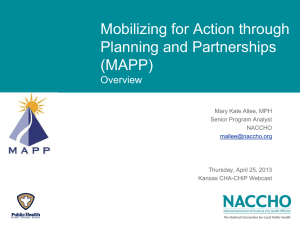
![Billing for Clinical Services: Findings from the [ ]](http://s2.studylib.net/store/data/013450667_1-62ed5b8952f452b1de6d5105cb1f2a29-300x300.png)